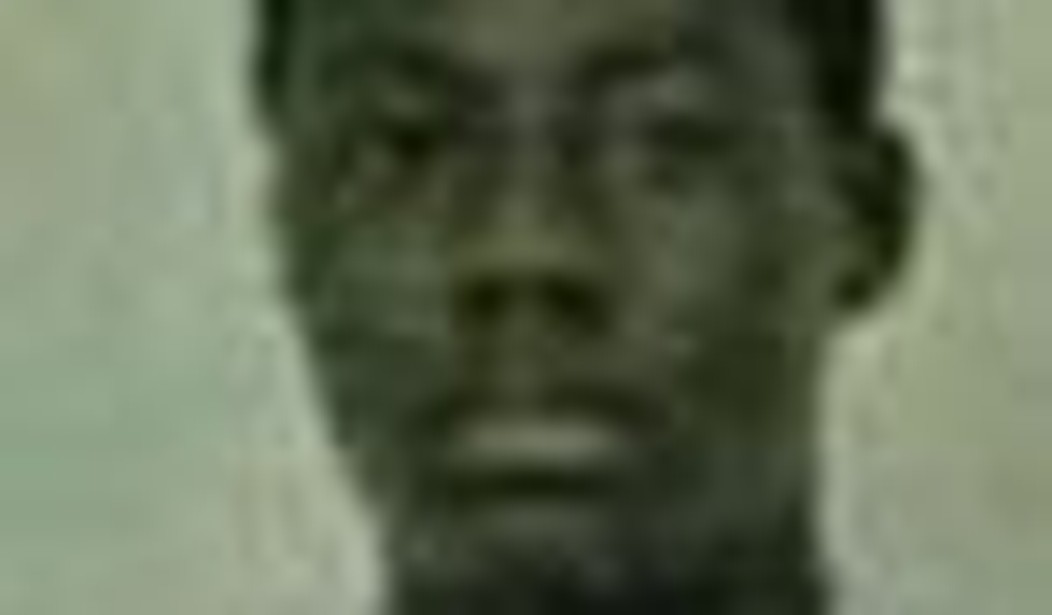On Christmas Day, a 23-year-old Nigerian citizen and former University College London engineering student — who lived in his “family home” on a block of seven-story mansions in central London and who claims to be affiliated with al-Qaeda — tried to blow up an airplane over Detroit. At least one law enforcement officer told CNN the man was “trying to down an aircraft over U.S. soil.”
Armed with a mysterious mix of explosives that federal officials are calling “less explosive more incendiary,” the man was able to ignite the device, setting himself on fire but not bringing down the airplane. There were 278 passengers on the non-stop flight from Amsterdam. Catastrophe was averted when a passenger, identified by De Telegraaf as 32-year-old Dutchman Jasper Schuringa, leapt on the bomber. Others then joined in to help.
After Umar Farouk Abdulmutallab was arrested and placed in U.S. custody in Detroit, he told authorities that his explosive device was made of powdered explosives and had been taped to his leg. He said he ignited the IED by injecting a syringe filled with chemicals into the powdered mixture. But eyewitness Jasper Schuringa contradicted that report by stating that the man had an explosive device in his lap. Rep. Peter King, the senior Republican on the House of Representatives Homeland Security Committee, said the IED was “fairly sophisticated” and that the device “appears to be different from what we’ve encountered before.”
More troubling pieces of the puzzle began to emerge the day after the attack. The man’s father, Alhaji Umaru Mutallab, former chairman of the First Bank in Nigeria, told Nigerian newspapers that his son was a radical with “extreme religious views.” The elder Mutallab also said that he had tried to alert U.S. authorities about his son being involved in a possible attack. “According to the family members, Mutallab has been uncomfortable with the boy’s extreme religious views and had six months ago reported his activities to United States’ embassy, Abuja and Nigerian security agencies,” reported Nigerian news outlet This Day.
If this is proves to be true, the TSA has a lot of explaining to do, starting with why Umar Farouk Abdulmutallab was not placed on the U.S. no-fly list. And what qualified a radicalized engineering student for travel to the U.S. under a religious visa? The State Department, which grants visas, and the Department of Homeland Security, which participates in the review and approval of such visas, have a lot of explaining to do. That Abdulmutallab began his Detroit-bound journey halfway across the world in Africa bringing with him only carry-on luggage raises long-ignored questions about transporting bombs and/or suicide bombers into the U.S. from flights originating at third-world airports. If a passenger such as Abdulmutallab was so easily able to board an airplane with explosives in Africa, why would he not be re-screened in Schiphol before heading on to the United States?
According to a representative of the Dutch Royal Gendarmerie, Abdulmutallab was not screened in Schiphol because he never left the secure transit area. “Mr. Abdulmutallab did not leave the airport’s transit area” while he “transferred from one plane to another nor did he go through passport control,” the Gendarmerie representative said.
U.S. officials say Abdulmutallab claims to have received his explosives in Yemen, as well as instructions in Africa on how to detonate the bomb. This could be true (he would have had to have flown for ten hours from Africa with explosives on him), partially true (he could have picked up other components, including the syringe, along the way), or entirely false — a ruse to detract law enforcement from determining exactly how terrorists are perfecting their tactics for getting explosives onto commercial airplanes.
It will be interesting to see how this story pans out. What began being reported absurdly as “firecrackers” exploded on an airplane is now unfolding to be an international terror plot. Still, airline officials want desperately to downplay the event in this busy holiday season. Some are willing to spin tales. A senior airline official told an apocryphal tale to the New York Times — a tale which they rather bizarrely chose to print: “Mr. Abdulmutallab, who was sitting on the left side of the aircraft, may not have been trying to blow up the plane, but possibly intended to cause a fire to distract the cabin crew, cause passengers to panic and create a stampede for the exits as the plane was landing, a senior airline industry official who had been briefed on the situation said Saturday,” the unnamed airline official said.
In reality, Islamic jihadists have been trying to blow up airplanes over American soil for decades. That this plot follows suit is a far more plausible explanation. In 2003, Osama bin Laden called on Muslims in oil-rich Nigeria to rise up against one of the “regimes who are slaves of America.”









Join the conversation as a VIP Member